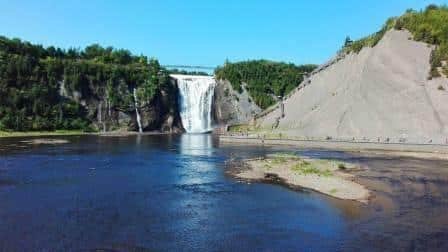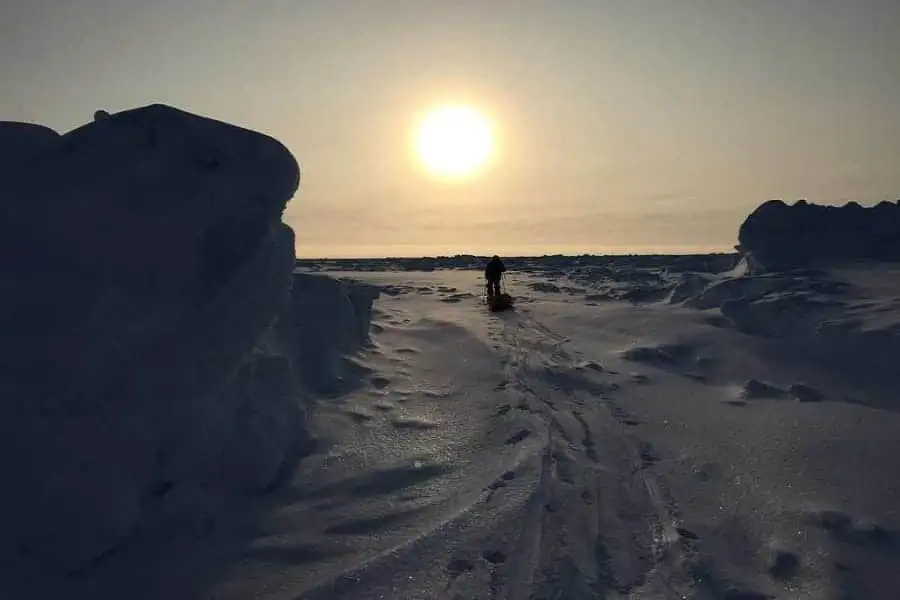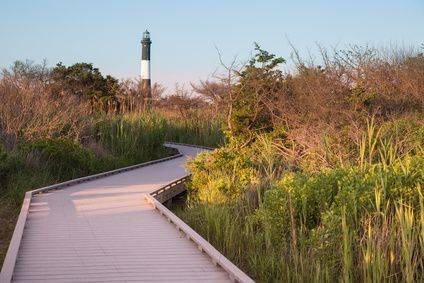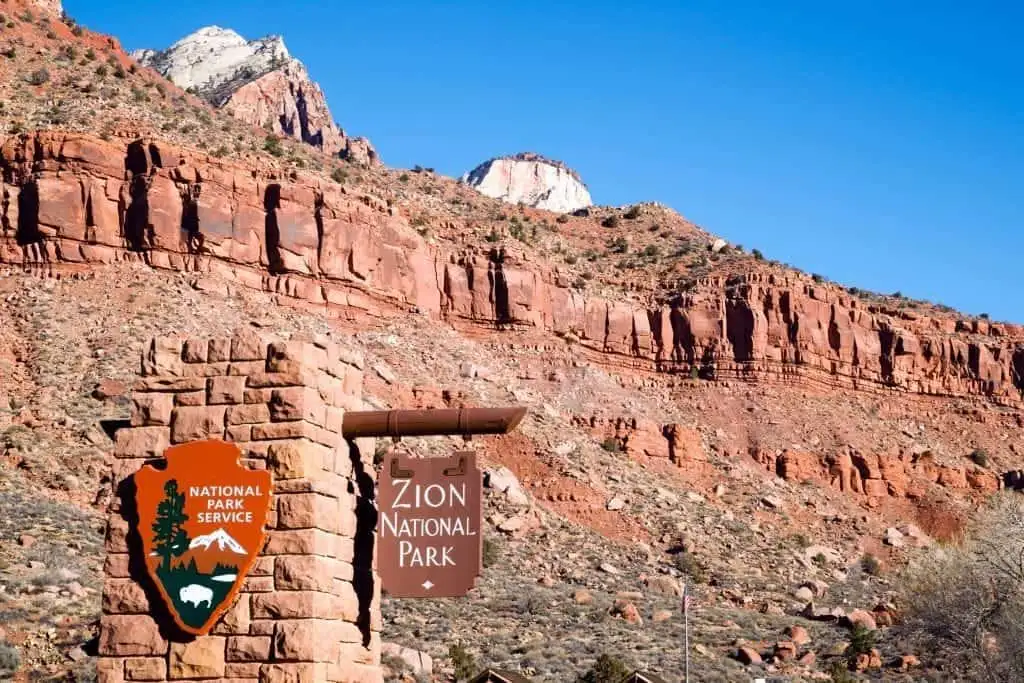After the Spanish-American war, Puerto Rico officially became a U.S. territory resulting in new management and protection of the abundant forests on the island. This led to more than one hundred years of developing what we know today as the El Yunque National Forest. El Yunque is the only tropical rainforest in the U.S. National Forest Service which brings a novel experience to travelers from all over the globe.
The importance of preserving this rainforest lies in the rarity of its flora and fauna. Animals such as the coqui tree frogs, anoles, and the Puerto Rican parrot can be seen in select pockets here, while nowhere else on Earth. Gnarly trees found in swaths of elfin woodland are spotted in the upper reaches of El Yunque. These are uncommon and highly vulnerable. They are slow to recover if damaged or destroyed. We all need to make a conscious effort to educate visitors on what they should be protecting and why it is important.
While visiting Puerto Rico I wanted to gain firsthand experience of this national treasure, so I decided to plan a side adventure with my rental car. The night before embarking on this hike I had extended an invitation to anyone willing to join. There was a group interested until they found out about the difficulty. One guy kept his hand raised and committed to joining the journey.
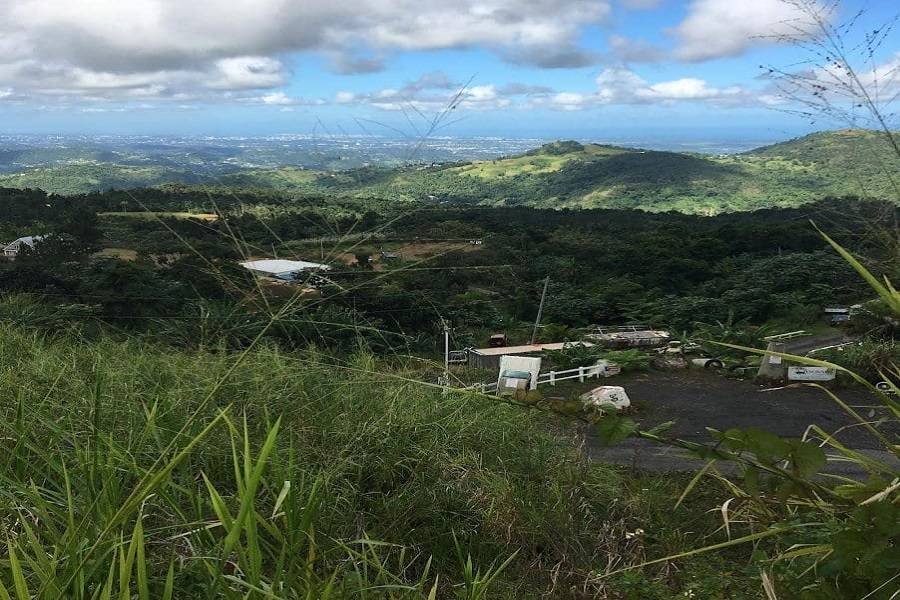
San Juan can be seen in the distance from up in the mountains
We started out the day in San Juan, Puerto Rico with a plan and a clear weather forecast. The drive to the trailhead is simple. Making your way East on PR-26 you continue straight and merge onto PR-66. Getting off at Exit 10 for PR-185 toward Canóvanas led us to pick up lunch and snacks at a local supermarket in Campo Rico.
El Toro Peak is a strenuous hike with 1,500 feet (460 meters) of elevation gain over the 2.5 miles (4 km) up to the summit. Anyone looking to add this trek to their resume needs to bring an ample amount of food and water. Turning left on PR-957 begins the ascent into the mountains and eventually El Yunque National Forest.
The roads are narrow and can cause white-knuckling to occur if one is not used to such tight quarters. The speed limit varies between 25-45 mph, but young locals are known to fly around corners with the ability of Vin Diesel in the Fast & Furious franchise. Winding your way to the destination will lead you to a three-way junction with PR-186 where a right turn will have you within 1.5 (2.4 km) miles of strapping up your boots, tightening your belt, and checking off that bucket list goal of hiking in El Yunque. In total, the drive from San Juan should only take 45 minutes to 1 hour depending on traffic.
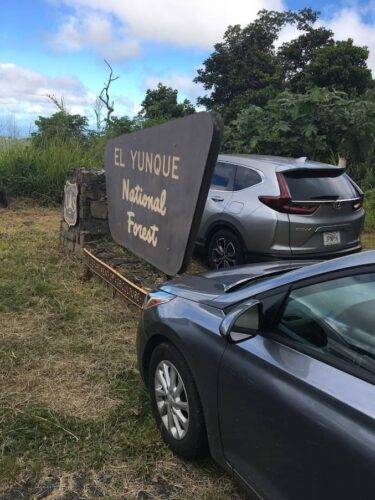

Trail-head parking lot
Parking is free but limited so I would suggest getting to the trailhead early in the morning. This could mean you will be eating spiderwebs because no one else has cleared the path yet. Although, you will avoid the guaranteed afternoon rain. If you do get caught in the rain it is not a big deal. It lasts no more than 10 minutes on average and then the sun graces your wet gear enough to act as an instant drying machine.
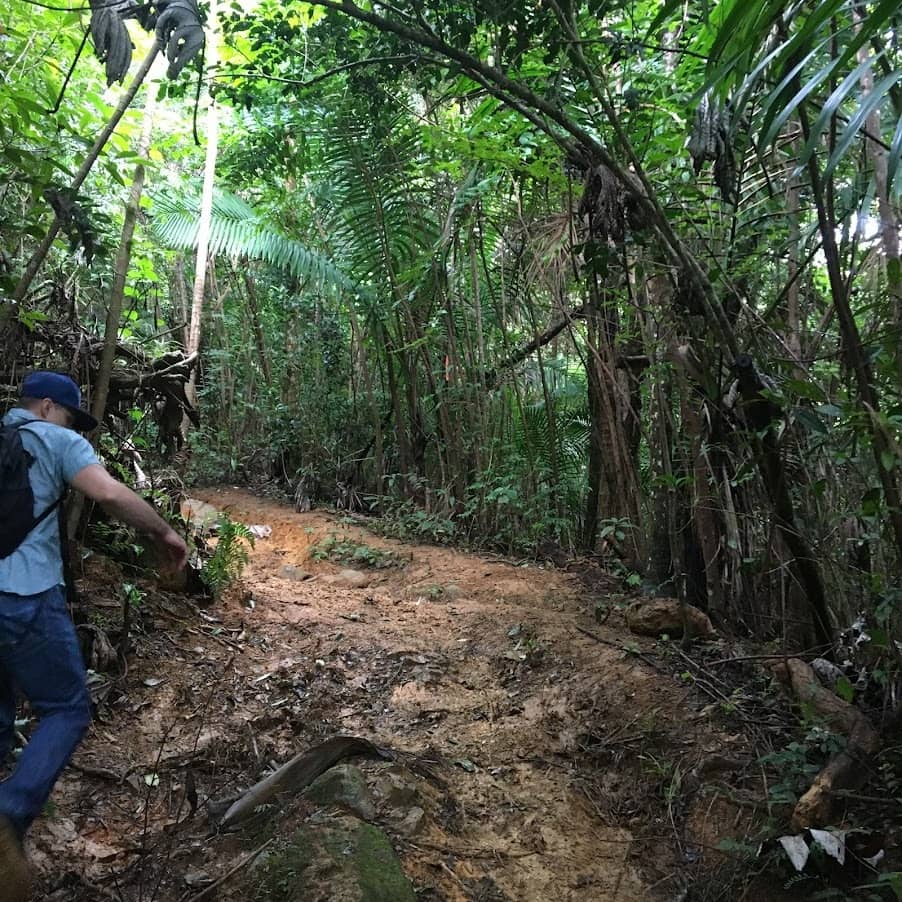

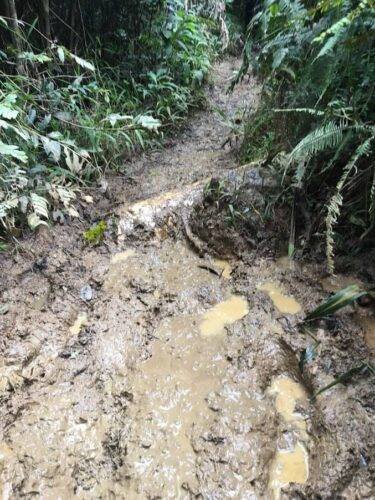
Ankle-deep mud pits
We started our hike around 11:00 am. The hike tests your endurance and puzzle-solving skills. The first half mile is well-maintained with little to no mud, mostly crushed rock and fallen tree branches. Keep your eyes peeled for rare mushrooms hiding on these logs off the beaten path. Narrow strips or slots that resemble a clay slide will cause a person to pretend they are competing on American Ninja Warrior.
Sections soon start to fill to the brim with mud pits that will leave your ankles painted. One wrong step and you could lose a shoe. The wildlife is sparse which makes sense because of the moderate traffic. If you have your camera ready there is a chance you can capture the tiny lizards, known as anoles, as they flare their throat fan, or for the scientific community, their dewlap. Every time I tried to capture a picture the anole would get scared and scurry off.
Exposed roots line the whole 2.5-mile stretch. Vibrant greens, reds, and yellows cover the endless sea of flora. Be sure to keep hydrated and pump yourself full of electrolytes to retain the strength it takes to complete this obstacle course. Proper best hiking boots and long hiking pants are recommended to protect your legs against any serious scratches or cuts from vines with spikes or the sharp blades of grass that line the trail. Although, one or two crazy locals were seen with sandals and swimming trunks.
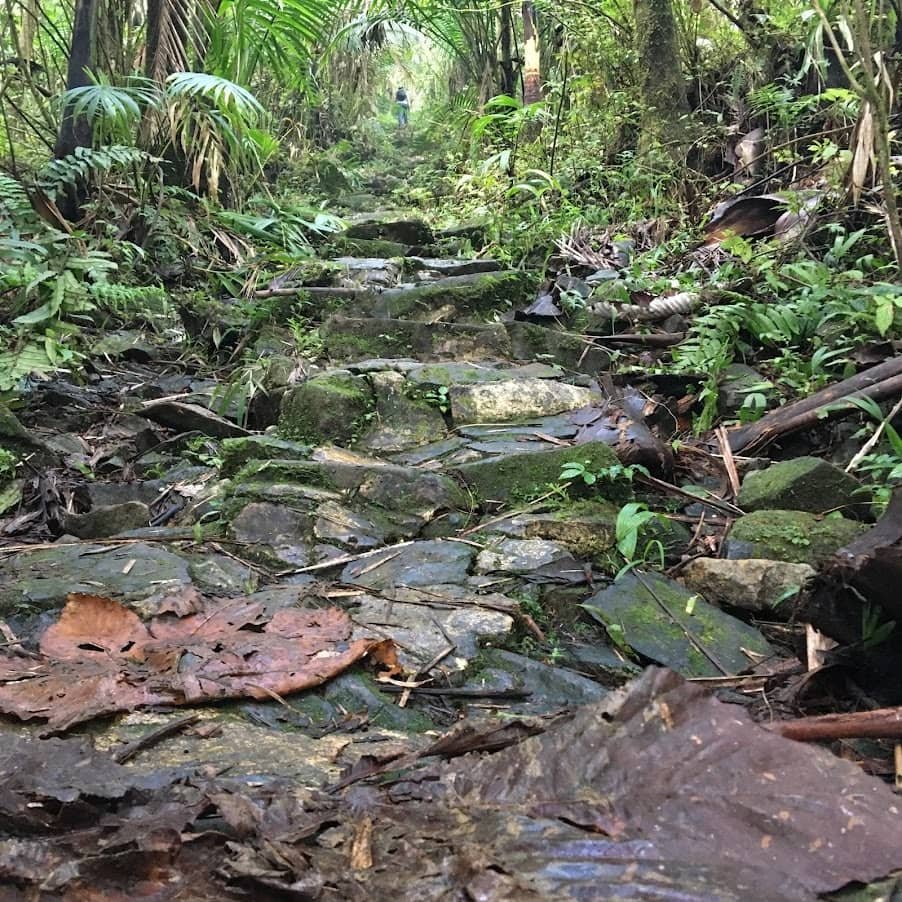
Stairway to Heaven
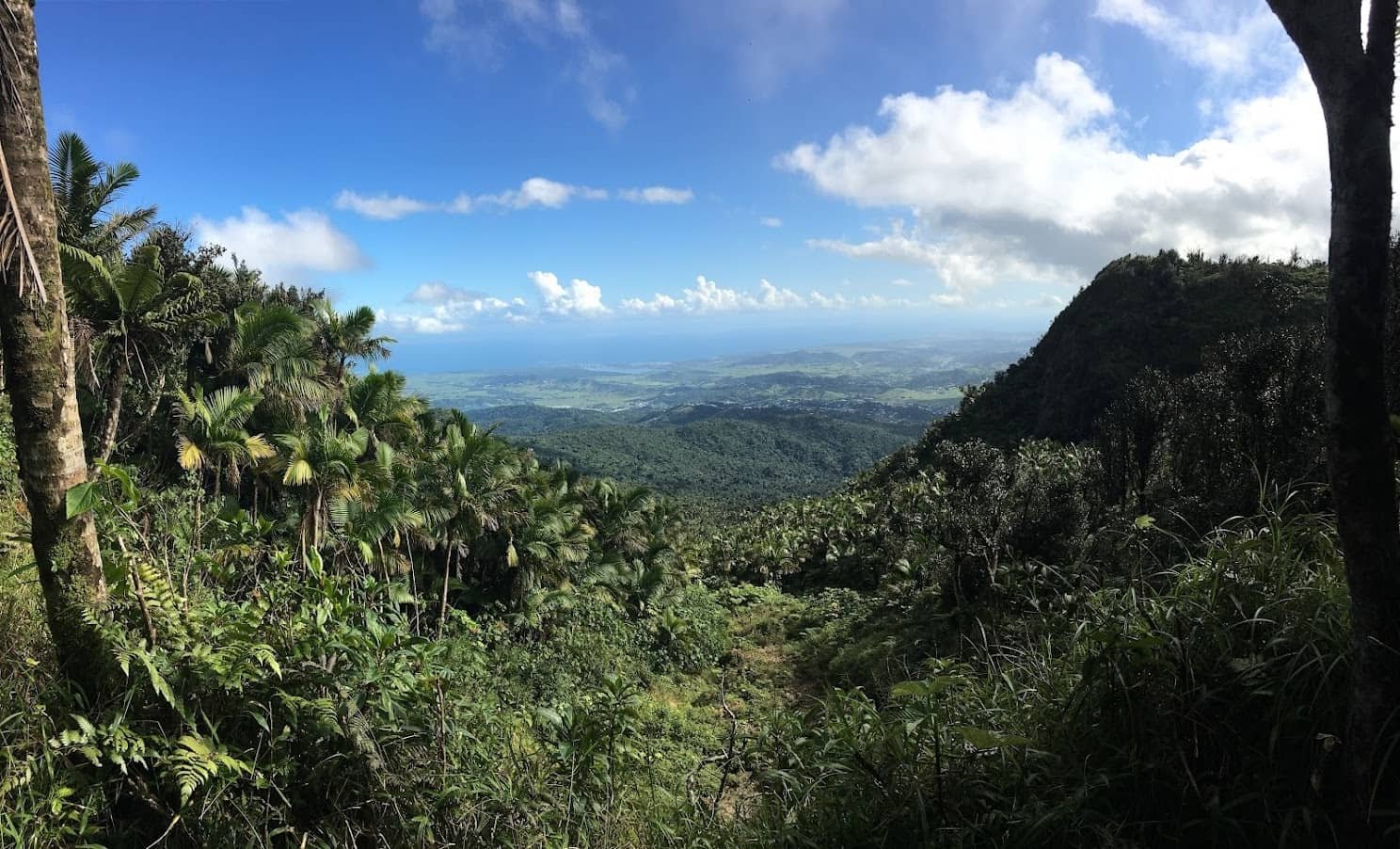
The Southern coast of Puerto Rico beyond the sea of green

A clearing in the clouds
Enjoying the peace and quiet
Leading up to the summit of El Toro Peak is a quarter mile of stone stairs. This section shows off the laborious work of the Civilian Conservation Corps (CCC) from the mid-1930s until 1942. ‘These programs engaged as many as 2,600 employees in the public forests of Puerto Rico, most of them sharing work time with work on their farms’ (Robinson, 2014). To this day you can see their efforts in the roads, trails, observation towers, picnic areas, and swimming ponds. The fact that these structures have survived hurricanes and countless visitors over time is impressive.
The views at the top show off Puerto Rico’s best features. Measuring 3,524 feet; or 1,074 meters (about twice the height of the Empire State Building); El Toro is the highest peak in all of El Yunque National Forest. Being above the clouds one can eat their lunch and bask in the sun while soaking up the stillness you can only enjoy that far from civilization. Hear the birds singing their praises and drift off into a well-deserved nap embracing the thoughts of how lucky we are to experience this phenomenal hike.
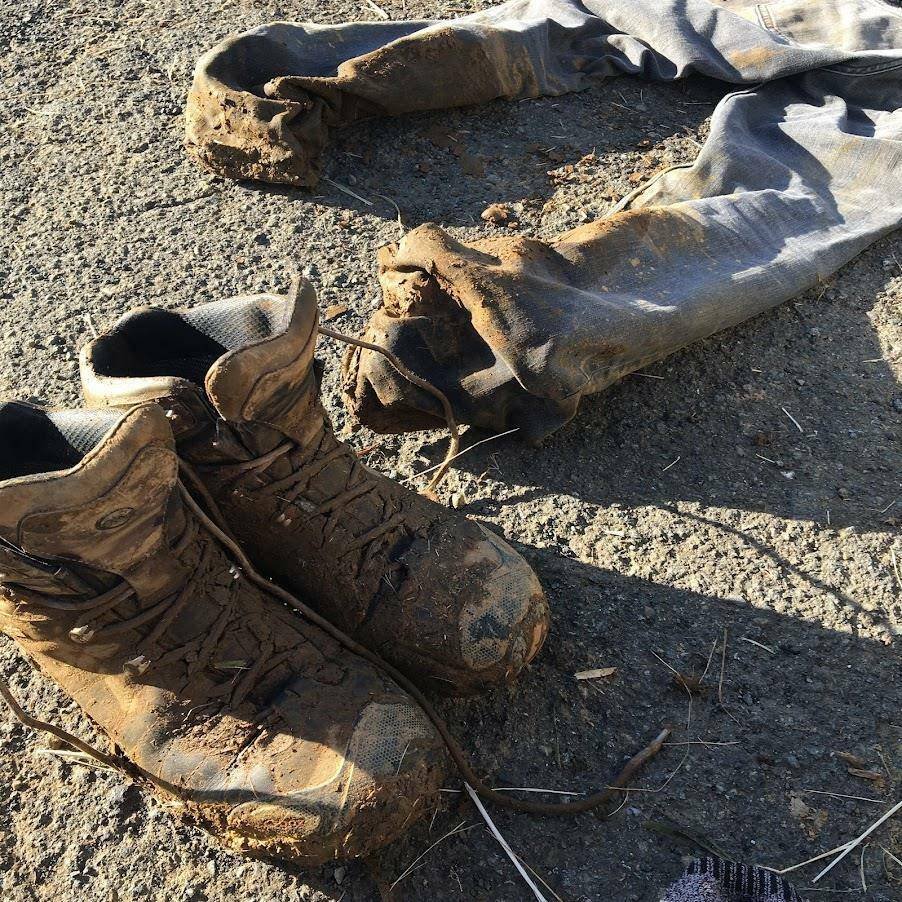
The aftermath
Robinson, K., Bauer, J. and Lugo, A., 2014. Passing the baton from the Taínos to tomorrow. 1st ed.

